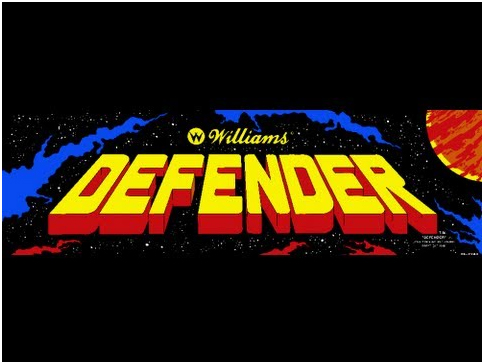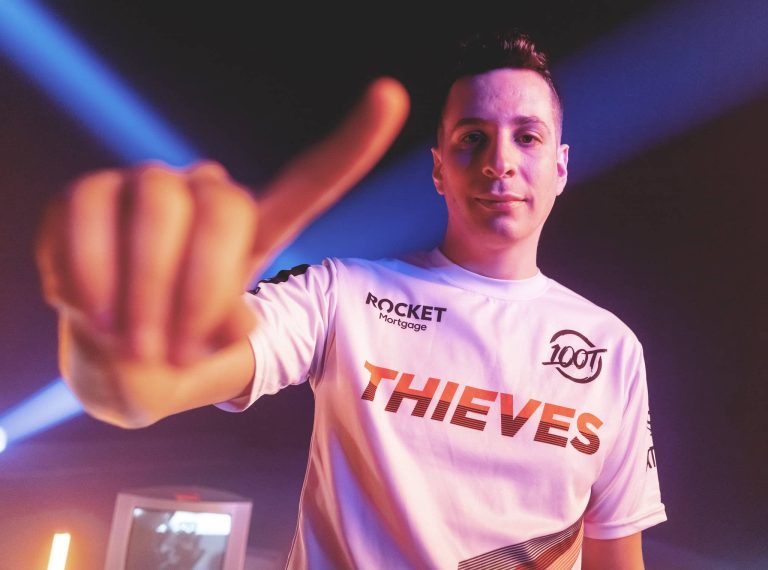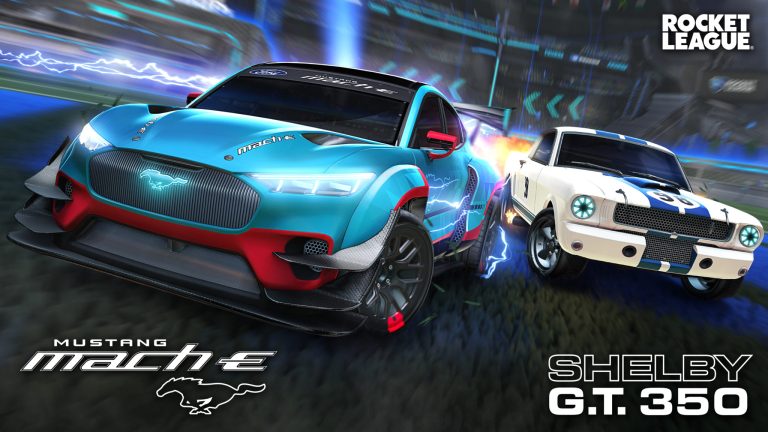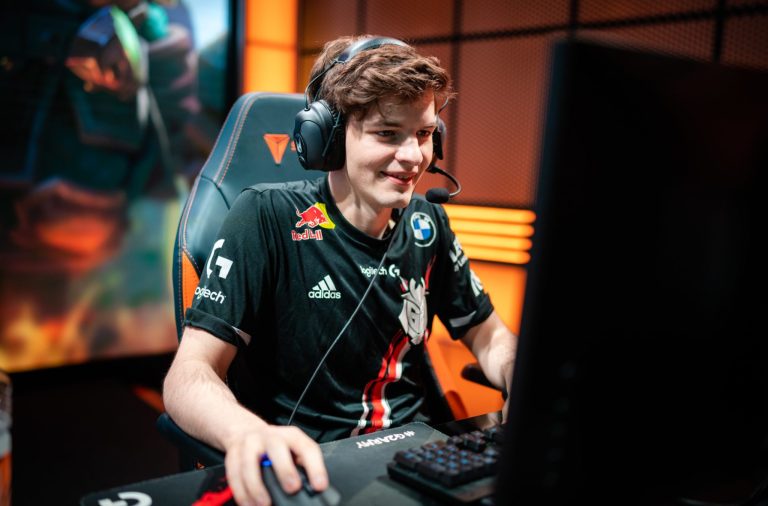Defender is an arcade classic and one of the most successful titles from what is now known as the arcade golden age. Eugene Jarvis co-designed the first videogame, which was released in 1980, and he was one of four coders who worked on it for the pinball firm Williams (following the success of Space Invaders, it wanted to get into the arcade market).
Defender was clearly designed by pinball designers, owing to its quick and tough gameplay. Jarvis is a great designer, but he was also accustomed to creating things that assumed a high degree of player skill and a drive for mastery. His games never lost this quality, even if they did mellow with time: Robotron 2084 remained incredibly challenging, while NARC and Smash TV devoured your life like nobody’s business.
Anyway, the source code for Defender is now available on Github. This is the code for the ‘Red Label’ version of the game, one of four released to arcades, and it includes some humorous assembly comments from Mr. Jarvis (or ‘Dr. J’).
O ASSEMBLE THE DEFENDER MESS
RASM PHR2,DEFA2,DEFB2,AMODE0;-X (ELSE CREF SYMBOL OVERFLOW)
RASM PHR2,SAMEXPA7
RASM PHR2,DEFA2,DEFB2
TO GET THE DIAGS, CHAIN ALL.CF
LOAD IT ALL AND THEN PRAY IT WORKS
(NOTE: BEWARE OF ORDER OF LOADING
LOOK OUT FOR THE SELECTED BLOCK SHIT
DR J. 1/21/81
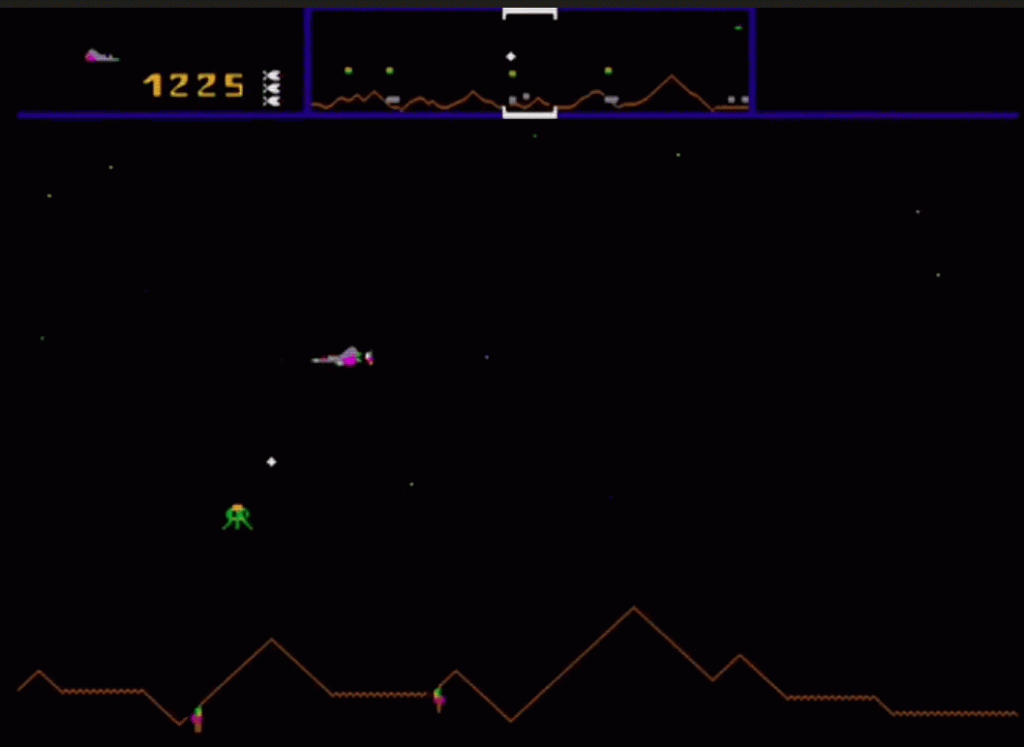
James Cuff, a retired coder, has been delving through the code and discovered some fascinating vestiges of Williams’ pinball legacy, including entries for a ball timer and the number of balls, played (there are of course no balls in Defender).’
You can also see the history of Williams as a pinball company.
— James Cuff (@jamesdotcuff) July 13, 2021
Balls played and ball timer.
Lots of other fun cut and paste code in here.
Use the code Luke 🙂 pic.twitter.com/sdGXR88C2i
Cuff also discovered some humorous notes-to-self in what appears to be the game’s ‘attract’ mode code (the demo that arcade machines play to entice players). It begins with ‘Time to blow up the enemy,’ followed by ‘Blow up the bastard,’ before concluding with ‘Move to the man.’ Some of it was ‘For Eugene,’ before the machine had to ‘Make it quicker’ and then ‘Put it back.’
I contacted Eugene Jarvis’ current business to see what he felt about all of this, and I’ll keep you updated if he responds. His name may be unfamiliar to younger readers, but this guy is one of the arcade’s greats, even if, as he admitted in this old Gamasutra interview, “I’m always trying to duplicate the success of Defender. It’s almost like I’m kind of doomed to never have that level of success again, and I keep dreaming.”
He’s most likely a fan. “I’ve always thought that MAME has been a fantastic thing in maintaining the heritage of games; graphics and gameplay have gone on, but it’s interesting to watch and play [old games] and understand the history of the industry; it’s a history lesson that’s excellent entertainment in its own right.”

